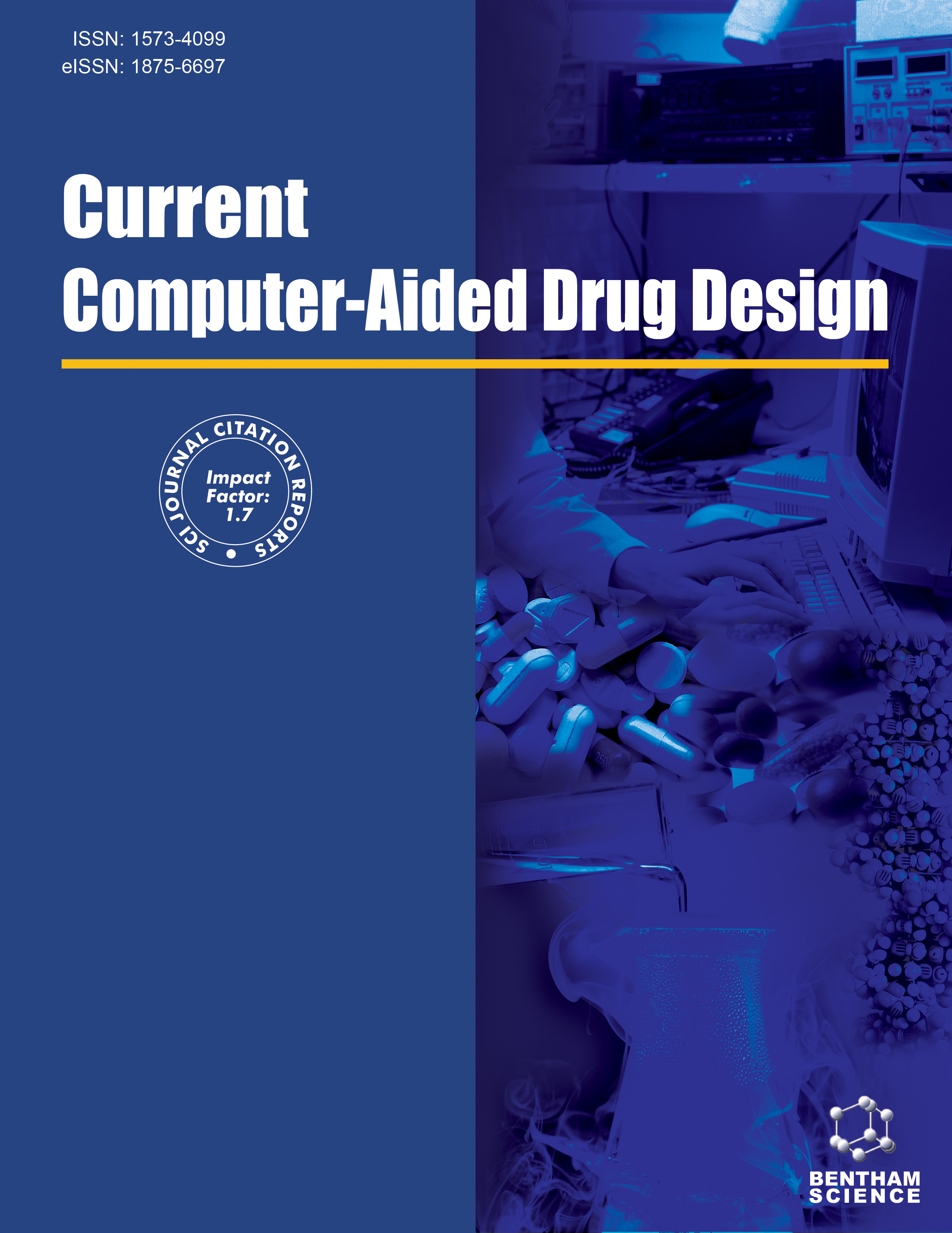-
s Deciphering the Underlying Mechanisms of Sanleng-Ezhu for the Treatment of Idiopathic Pulmonary Fibrosis Based on Network Pharmacology and Single-cell RNA Sequencing Data
- Source: Current Computer - Aided Drug Design, Volume 20, Issue 6, Dec 2024, p. 888 - 910
-
- 01 Dec 2024
Abstract
Aims: To decipher the underlying mechanisms of Sanleng-Ezhu for the treatment of idiopathic pulmonary fibrosis based on network pharmacology and single-cell RNA sequencing data. Background: Idiopathic Pulmonary Fibrosis (IPF) is the most common type of interstitial lung disease. Although the combination of herbs Sanleng (SL) and Ezhu (EZ) has shown reliable efficacy in the management of IPF, its underlying mechanisms remain unknown. Methods: Based on LC-MS/MS analysis and the Traditional Chinese Medicine Systems Pharmacology Database and Analysis Platform (TCMSP) database, we identified the bioactive components of SL-EZ. After obtaining the IPF-related dataset GSE53845 from the Gene Expression Omnibus (GEO) database, we performed the differential expression analysis and the weighted gene co-expression network analysis (WGCNA), respectively. We obtained lowly and highly expressed IPF subtype gene sets by comparing Differentially Expressed Genes (DEGs) with the most significantly negatively and positively related IPF modules in WGCNA. Subsequently, we performed Gene Ontology (GO), and Kyoto Encyclopedia of Genes and Genomes (KEGG) enrichment analyses on IPF subtype gene sets. The low- and highexpression MCODE subgroup feature genes were identified by the MCODE plug-in and were adopted for Disease Ontology (DO), GO, and KEGG enrichment analyses. Next, we performed the immune cell infiltration analysis of the MCODE subgroup feature genes. Single-cell RNA sequencing analysis demonstrated the cell types which expressed different MCODE subgroup feature genes. Molecular docking and animal experiments validated the effectiveness of SL-EZ in delaying the progression of pulmonary fibrosis. Results: We obtained 5 bioactive components of SL-EZ as well as their corresponding 66 candidate targets. After normalizing the samples of the GSE53845 dataset from the GEO database source, we obtained 1907 DEGs of IPF. Next, we performed a WGCNA analysis on the dataset and got 11 modules. Notably, we obtained 2 IPF subgroups by contrasting the most significantly up- and down-regulated modular genes in IPF with DEGs, respectively. The different IPF subgroups were compared with drugcandidate targets to obtain direct targets of action. After constructing the protein interaction networks between IPF subgroup genes and drug candidate targets, we applied the MCODE plug-in to filter the highest-scoring MCODE components. DO, GO, and KEGG enrichment analyses were applied to drug targets, IPF subgroup genes, and MCODE component signature genes. In addition, we downloaded the single-cell dataset GSE157376 from the GEO database. By performing quality control and dimensionality reduction, we clustered the scattered primary sample cells into 11 clusters and annotated them into 2 cell subtypes. Drug sensitivity analysis suggested that SL-EZ acts on different cell subtypes in IPF subgroups. Molecular docking revealed the mode of interaction between targets and their corresponding components. Animal experiments confirmed the efficacy of SL-EZ. Conclusion: We found SL-EZ acted on epithelial cells mainly through the calcium signaling pathway in the lowly-expressed IPF subtype, while in the highly-expressed IPF subtype, SL-EZ acted on smooth muscle cells mainly through the viral infection, apoptosis, and p53 signaling pathway.


